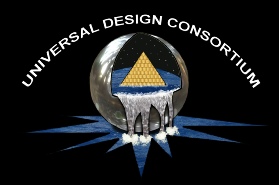



Radiant barriers or reflective barriers inhibit heat transfer by thermal radiation. Thermal energy may also be transferred via conduction or convection, however, radiant barriers do not necessarily protect against heat transfer via conduction or convection.
Reflectivity and emissivity
All materials give off, or emit, energy by thermal radiation as a result of their temperature. The amount of energy radiated depends on the surface temperature and a property called the emissivity (also called the "emittance"). Emissivity is expressed as a number between zero (0) and one (1) at a given wavelength. The higher the emissivity, the greater the emitted radiation at that wavelength. A related material property is the reflectivity (also called the "reflectance"). This is a measure of how much energy is reflected by a material at a given wavelength. The reflectivity is also expressed as a number between 0 and 1 (or a percentage between 0 and 100%). At a given wavelength the emissivity and reflectivity values sum to 1.
Radiant barrier materials must have low emissivity (usually 0.1 or less) at the wavelengths at which they are expected to function. For typical building materials, the wavelengths are in the mid-
Radiant barriers may or may not exhibit high visual reflectivity. This is because while reflectivity and emissivity must sum to unity at a given wavelength, reflectivity at one set of wavelengths (visible) and emissivity at a different set of wavelengths (thermal) do not necessarily sum to unity. Thus, it is possible to create visibly dark colored surfaces with low thermal emissivity.
To perform properly, radiant barriers need to face open space (e.g., air or vacuum) through which there would otherwise be radiation.
Space exploration
In 1964, NASA invented a lightweight, reflective material composed of a plastic substrate with a vapor-

ABOVE: Radiant barriers where first developed for the space program. Initially the solar reflective blankets were designed to be used in space suits to reflect harmful solar radiation away from being absorbed into the space suit, but during the Skylab accident in the 1974 that required a solar blanket to prevent solar radiation from heating up the interior.
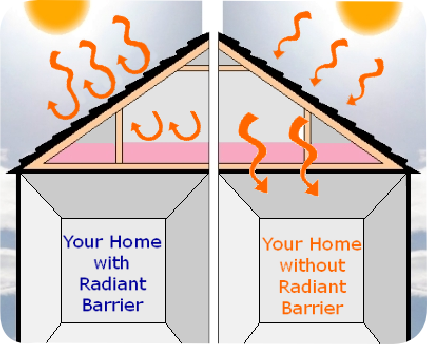
Illustration showing radiant barrier
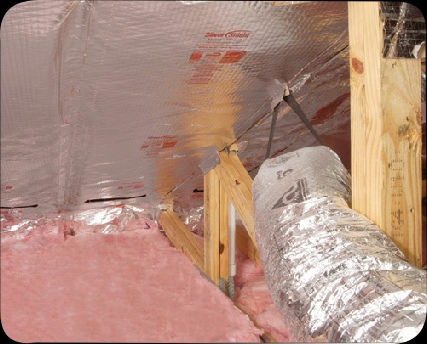
ABOVE: Picture showing underside radiant barrier installed to the roof decking.
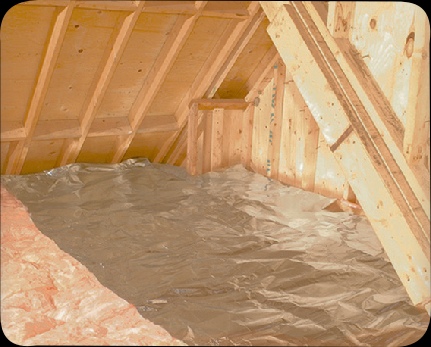
ABOVE: Picture showing radiant barrier installed over ceiling insulation.
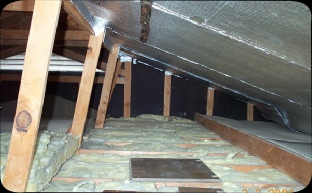
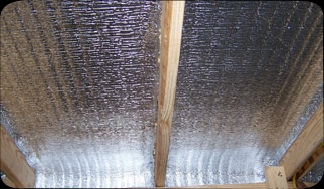
ABOVE: Picture showing underside radiant barrier installed to the roof decking.
ABOVE: Close up picture of roof backed radiant barrier.
